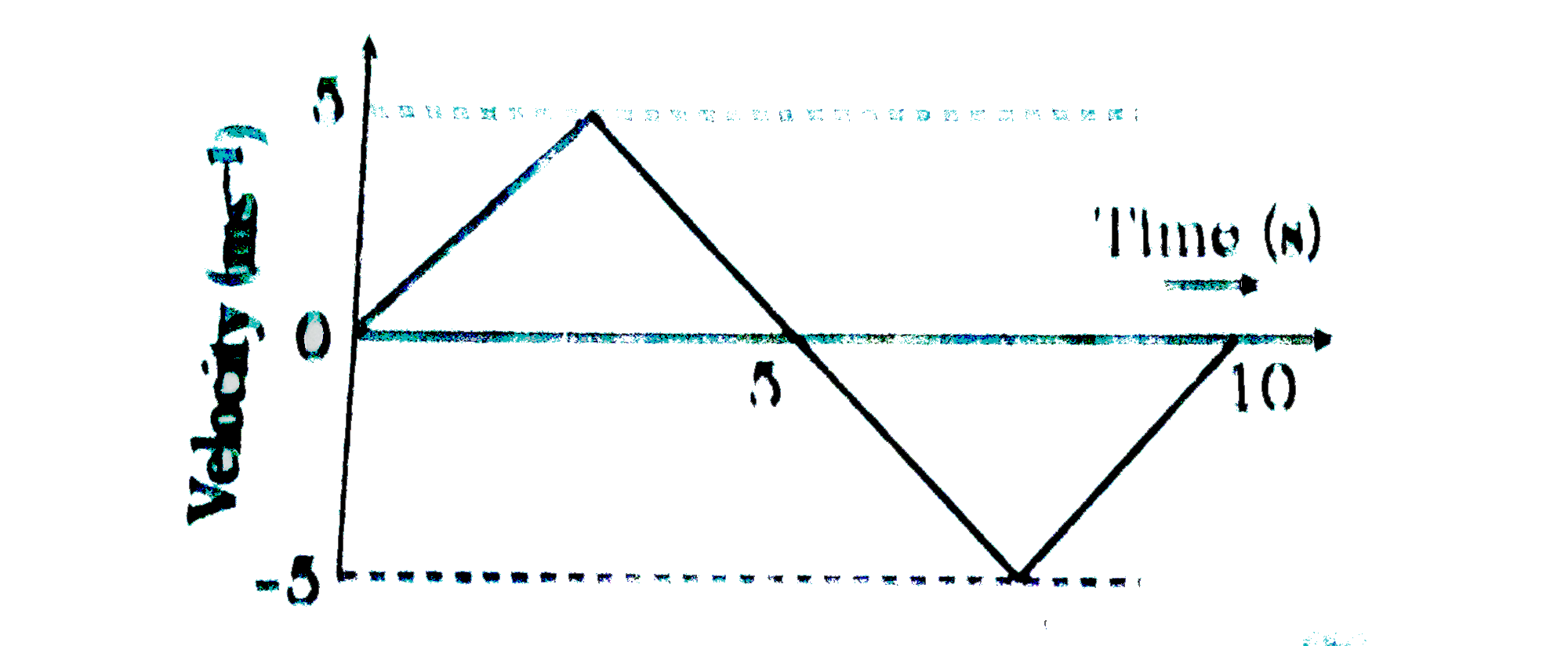Define velocity of an object
Velocity of an object can be defined as the ratio of displacement of the object in the given time t and the time taken t.
Related Playlists
- BOOK - MODERN PUBLICATIONCHAPTER - MOTION IN A STRAIGHT LINE EXERCISE - REVISION EXERCISE (FILL IN THE BLANKS)10videos
MOTION IN A STRAIGHT LINE
- BOOK - MODERN PUBLICATIONCHAPTER - MOTION IN A STRAIGHT LINE EXERCISE - REVISION EXERCISE (SHORT ANSWER QUESTIONS)19videos
MOTION IN A STRAIGHT LINE
- BOOK - MODERN PUBLICATIONCHAPTER - MOTION IN A STRAIGHT LINE EXERCISE - HIGHER ORDER THINKING SKILL AND ADVANCED LEVEL QUESTION WITH ANSWER5videos
MOTION IN A STRAIGHT LINE
- BOOK - MODERN PUBLICATIONCHAPTER - MOTION IN A PLANE EXERCISE - Chapter Practice Test15videos
MOTION IN A PLANE
- BOOK - MODERN PUBLICATIONCHAPTER - OSCILLATIONS EXERCISE - Practice Test (For Board Examination)12videos
OSCILLATIONS
Similar Questions
Define escape velocity of an object.
View SolutionDefine relative velocity of an object w.r.t. another. Draw position-time graph of two objects moving along a straight line, when their relative velocity is (i) zero and (ii) non-zero.
View SolutionIf the velocity of an object is increasing and changing at a uniform rate then the acceleration of the object is
(i) Positive (ii) Zero
(iii) Negative (iv) Not definedView SolutionProve that average velocity of an object can never be greater than the average speed of an object over a given interval of time.
View SolutionDefine relative velocity. Deduce an expression for relative velocity of one object with respect to another in terms of their velocities relative to the earth.
View SolutionDuring motion of an object along a straight line, the change in velocity of the object for any time interval is zero.
View SolutionThe graph of an object’s motion (along the x-axis) is shown in the figure.The instantaneous velocity of the object at points A and B arevA and vB respectively. Then
 View Solution
View SolutionRepresent the motion of an object in unifrom motion along a straight line when both initial distance and velocity of the object is positive .
View SolutionThe v-t plot of a moving object ios shown in the figure. The average velocity of the object during the first 10 s is
 View Solution
View SolutionTwo objects of masses 100g and 200g are moving along the same line in the same direction with velocities of 2m/s and 1m/s, respectively. They collide and after the collison, the first object moves at a velocity of 1.67m/s in the same direction. Determine the velocity of the second object.
View Solution


